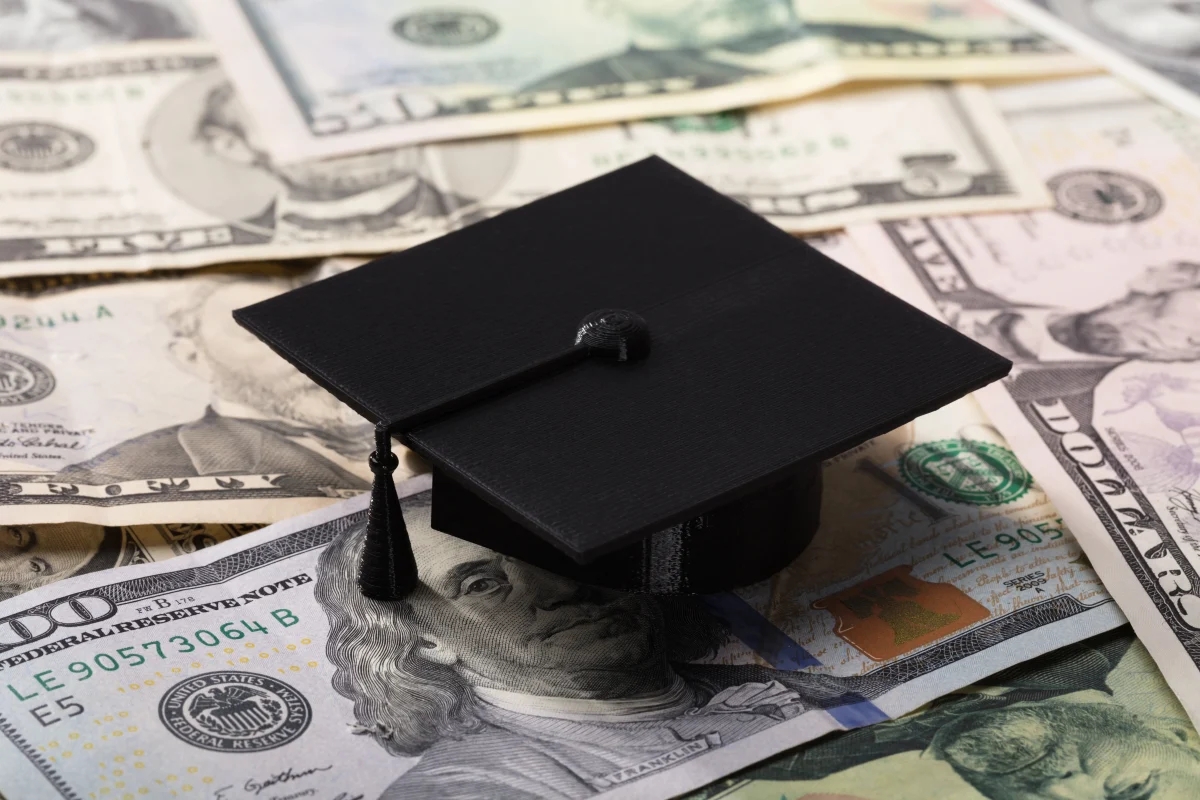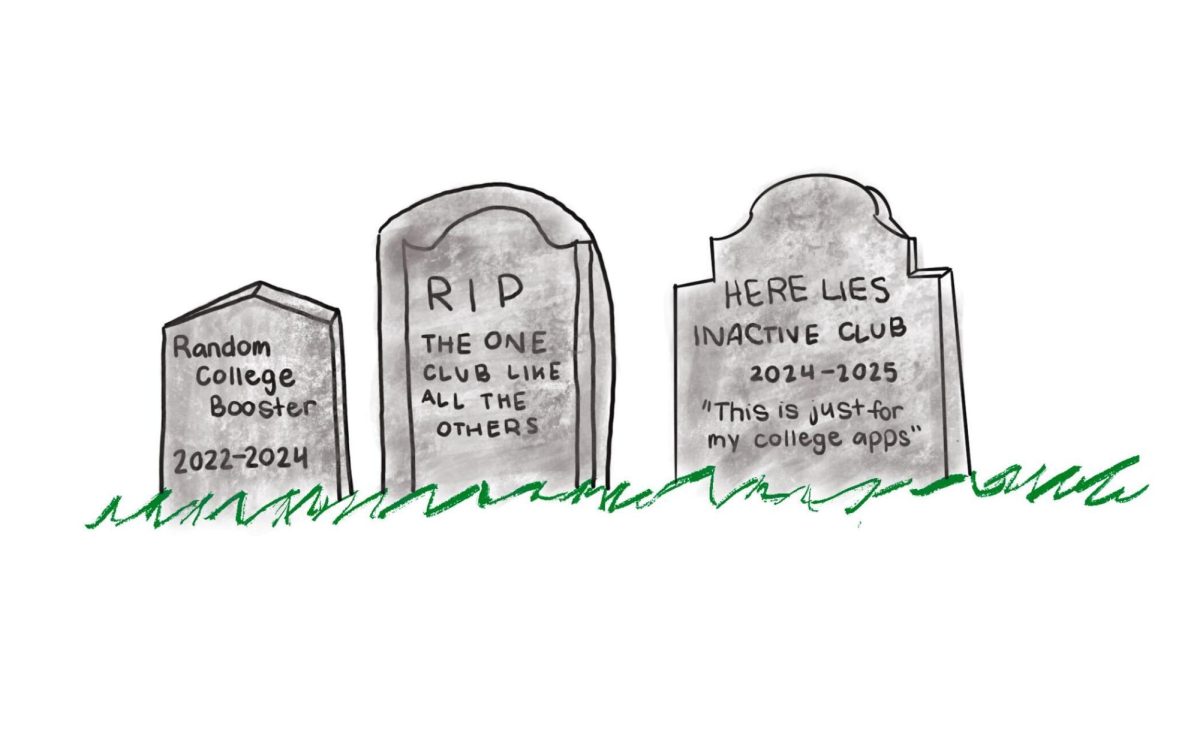With the conclusion of the 2023-2024 admissions cycle, seniors across the country have finally received their highly anticipated college decisions — and with commitment day nearing close on May 1st, students face the monumental decision of where to spend the next few years.
When making their final choice, students often factor in several aspects like academic opportunities, school culture and location, among others; however, for many, finances remain the primary concern.
This spring is the first time that students are seeing costs of attendance reaching almost $100,000annually for a select few private colleges, leaving students wondering whether it’s worth shelling out $400,000 dollars for an undergraduate education. The hike in tuition trend has also been observed in the California State University system, which announced a 6% annual increase for the next five years, and the University of California system, which announced a 4.2% tuition increase back in 2021. Such an uptick in tuition rates once again caters to wealthy demographics, rendering access to a well-regarded higher education experience largely exclusive and unattainable.
According to an EDsmart report, the U.S. has the second highest average cost for a bachelor’s degree, just trailing behind England. Students may be wondering what factors warrant such a sizable tuition beyond affording exceptional academic and professional opportunities. For many elite private institutions, financial statements revealed that a considerable portion of institutional expenses were wages allocated to the faculty, staff and student workers.
Tuition cost should not deter all students. A study produced by the National Association of College and University Business Officers found that private nonprofit institutions are reducing their prices by 56% compared to the 2022-2023 school year since institutions with substantial endowments are able to provide generous financial aid packages to students coming from low-income backgrounds.
However, for students who do not meet the financial aid cut off and are still unable to shoulder on towering tuition costs without ending up with steep student loan debt, the possibility of attending a school with such a high sticker price is quickly dashed — and with the continued FAFSA delays, financial options seem even more narrow and uncertain.
For many prospective students, professional outlooks are of utmost importance. The federal government currently has a database called the College Scorecard that aggregates median incomes based on undergraduate degrees. At some private institutions, degrees like biomedical engineering boast an average earning of more than $90,000four years after graduation, while an English language and literature major makes around $53,000.
The income prospects may seem flashy, but at the end of the day, these results are not exclusive to private colleges. They can be found elsewhere in state flagships, which provide a quality education that is equally as valuable. Moving forward, the U.S. college system must prioritize expanding access to higher education for students from diverse backgrounds — not just the affluent — and guide them to pursue a career where they can thrive and grow. The current financial strain placed on the collegiate system by a select few private institutions is causing us to step backwards from democratizing higher education.








